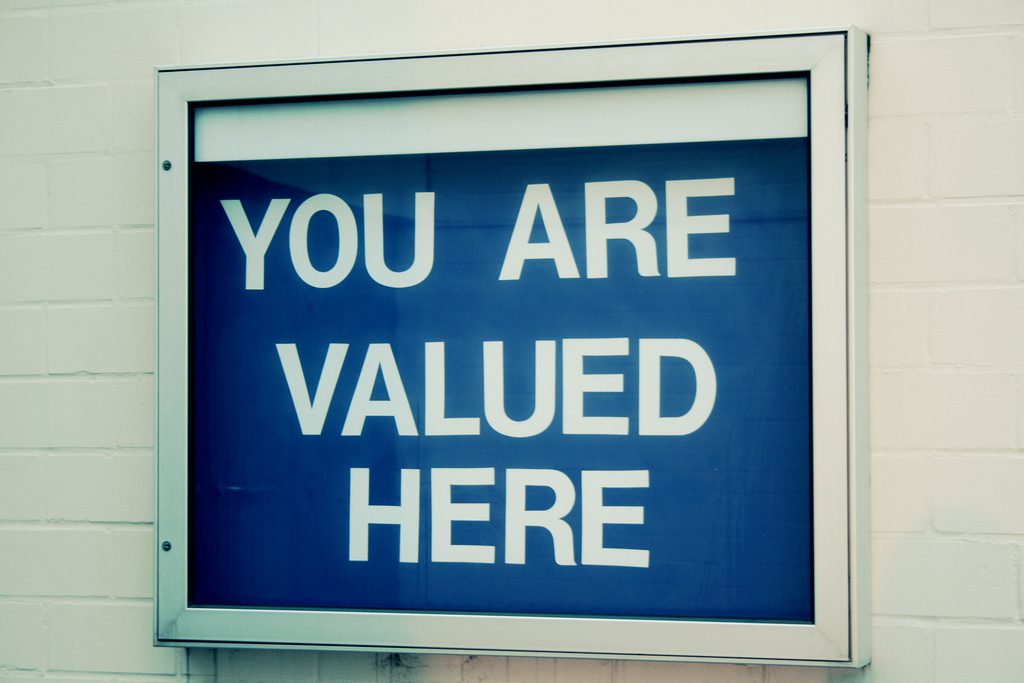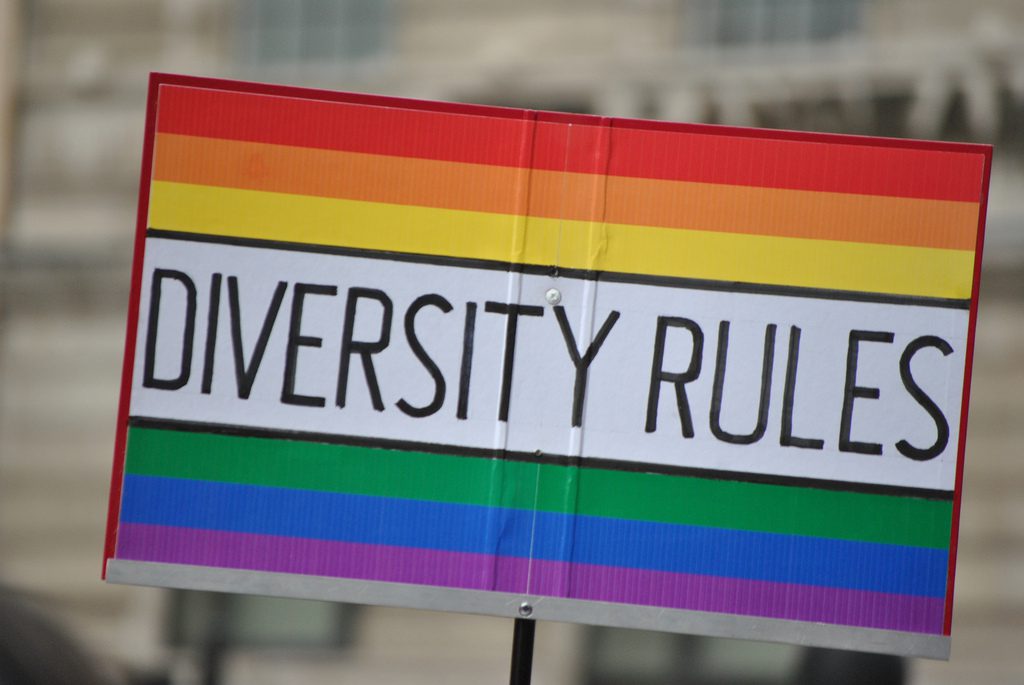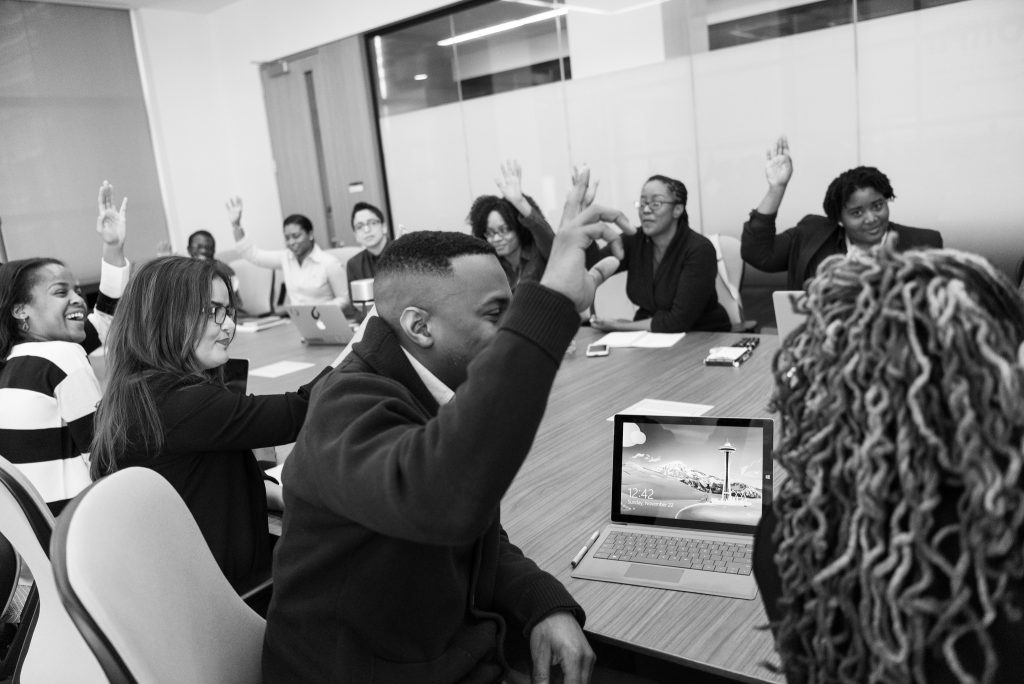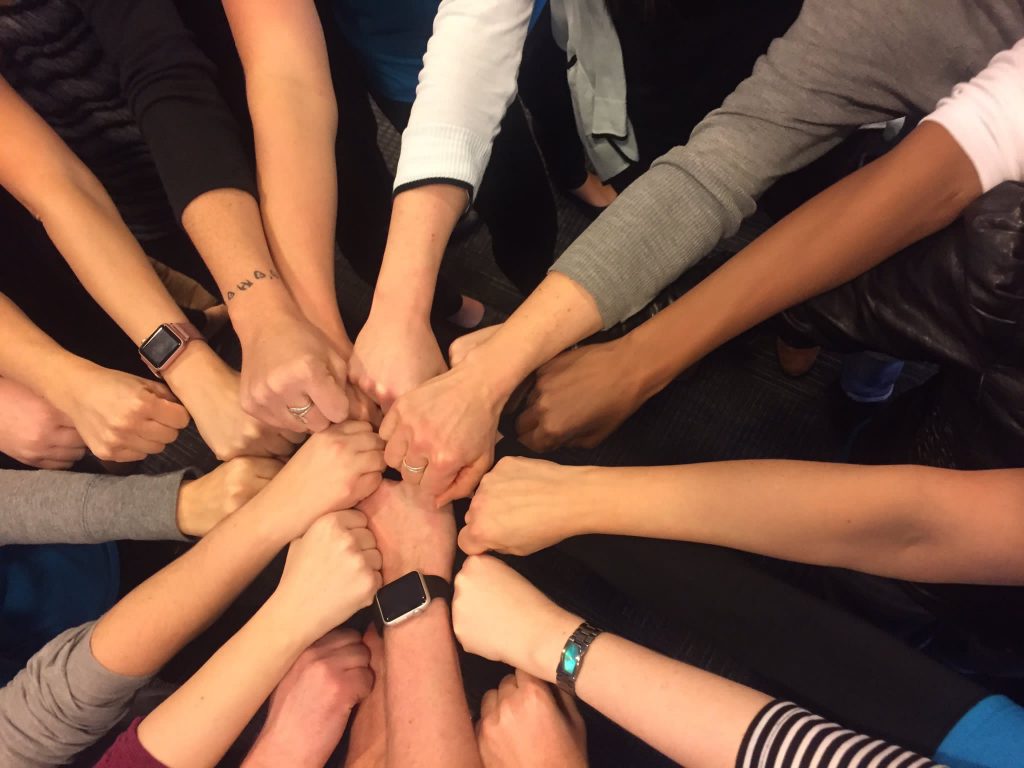Today we continue our series of regular posts on the Trellis blog for science community managers interested in diversity, equity and inclusion. This installment was authored by Jennifer Davison, Urban@UW, University of Washington. Additional series coordinators are Marsha Lucas, Society for Developmental Biology, Josh Knackert UW-Madison Neuroscience Training Program, and Rosanna Volchok, The New York Academy of Sciences. You can find all of the posts in the series here.
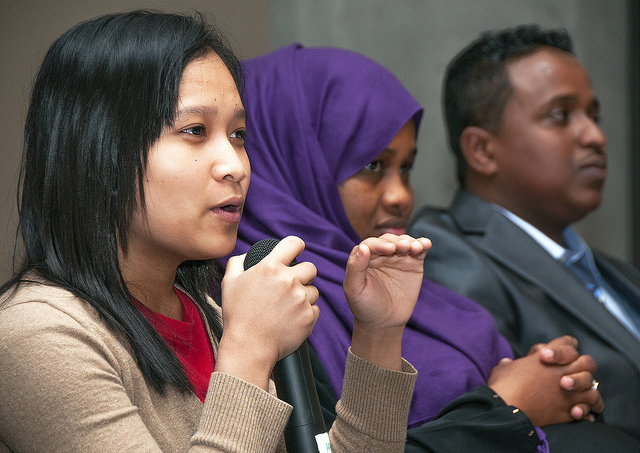
Image credit: https://www.flickr.com/photos/oregondot/10314223086/
As community managers, we may have experience in and appreciation for engaging our community in order to develop more innovative and robust ideas: how to tackle a complex research question, compelling new ways to visualize results, or a particularly timely topic for a conference panel discussion. We may know that more perspectives often leads to better outcomes. We can apply this knowledge in our planning for diversity, equity and inclusion (DEI). How? By welcoming and prioritizing the perspectives of community-members from underrepresented groups in this planning. In this post, we explore some ideas for doing just that.
Continue reading “Including underrepresented community-members in planning for diversity, equity and inclusion”